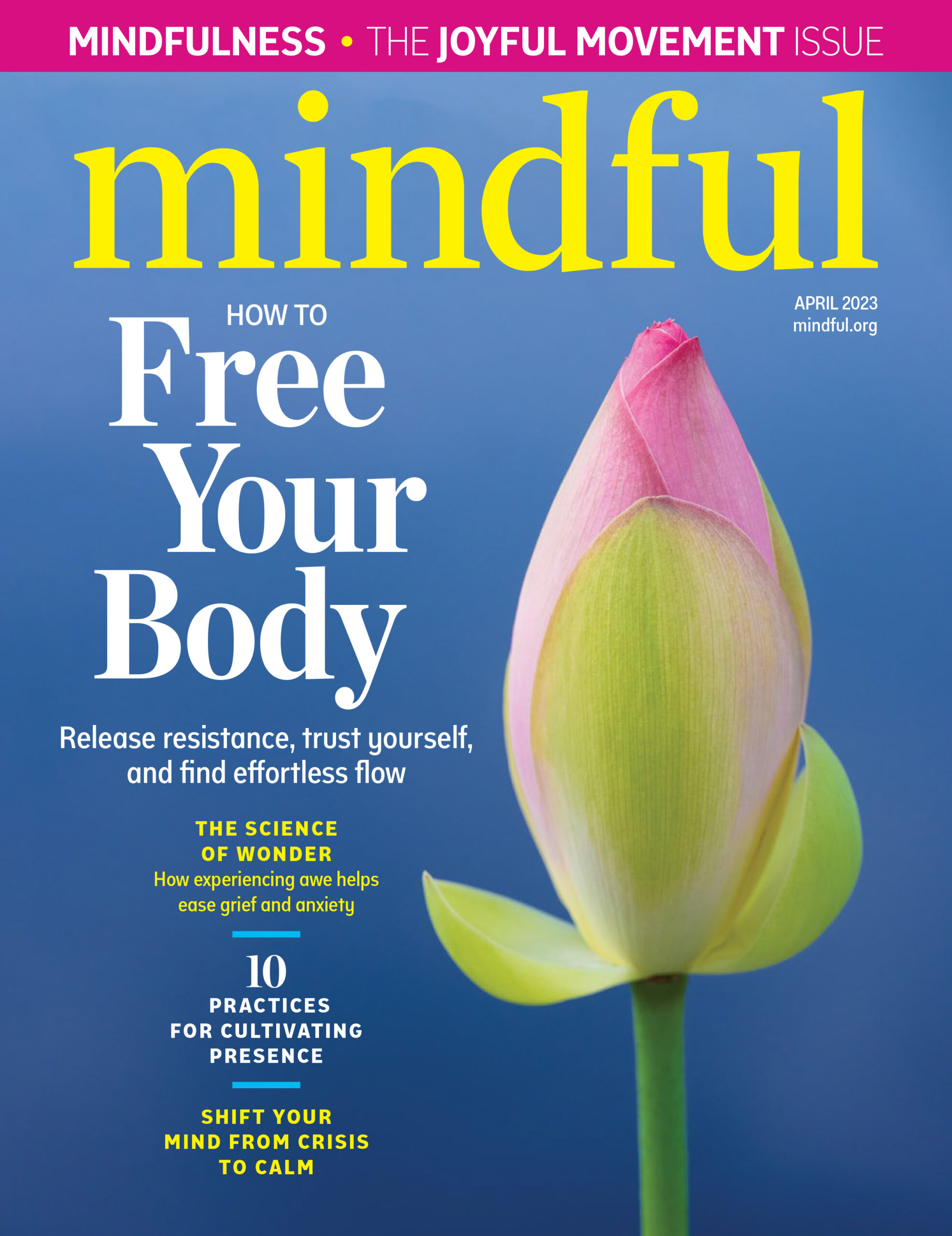I used to think resilience was a kind of toughening up, a leathering or weathering of our inner and outer resources that hardened our weaknesses and made us less vulnerable to the slings and arrows in life. Hemingway’s phrase about being “strong in all the broken places” seemed to poetically capture what I’d considered resilience.
But I don’t subscribe to that theory any longer.
No, I’ve come to see that resilience is the opposite. It requires mental suppleness, flexibility, and a raw vulnerability that allow us to dive deeply into our psyche—especially the broken places—and see ourselves, our thoughts and feelings, our beauty and longings, hurts and wounds, shadows, worst delusions and misdeeds, and to hold all of that with compassion, curiosity, and loving care.
And when we become more tender with ourselves, we can see a path to becoming more tender with others, too.
As we see our full humanity with loving eyes—all of it, the good, bad, and ugly—and learn to pause so we can bind up our own wounds, see our illusions, recognize our dreams, blow on the embers of our essence, and chart our own way forward, we can also see that fullness in others and recognize their triumphs, losses, delusions, misdeeds—and maybe even see their wounds that need binding and dreams that call out for nurturing.
When we understand resilience in that way, the world opens up to us. It reveals the strong places, and the broken ones, too.
When we understand resilience in that way, the world opens up to us. It reveals the strong places, and the broken ones, too. It calls us to pause and commit to our true human work. And that is the source of our thriving and our real power.
I hope you’ll join me in pausing and exploring some of the science and stories of resilience and vulnerability, especially this deeply affecting interview with cover person Jenée Johnson and her declaration of sovereignty and personal courage.
I hope you will find encouragement to lean into your mindfulness practice with clear, loving eyes. The slings and arrows of life are inevitable, but mindfulness can help us all to be magnificently resilient—and thrive—no matter what comes our way.





